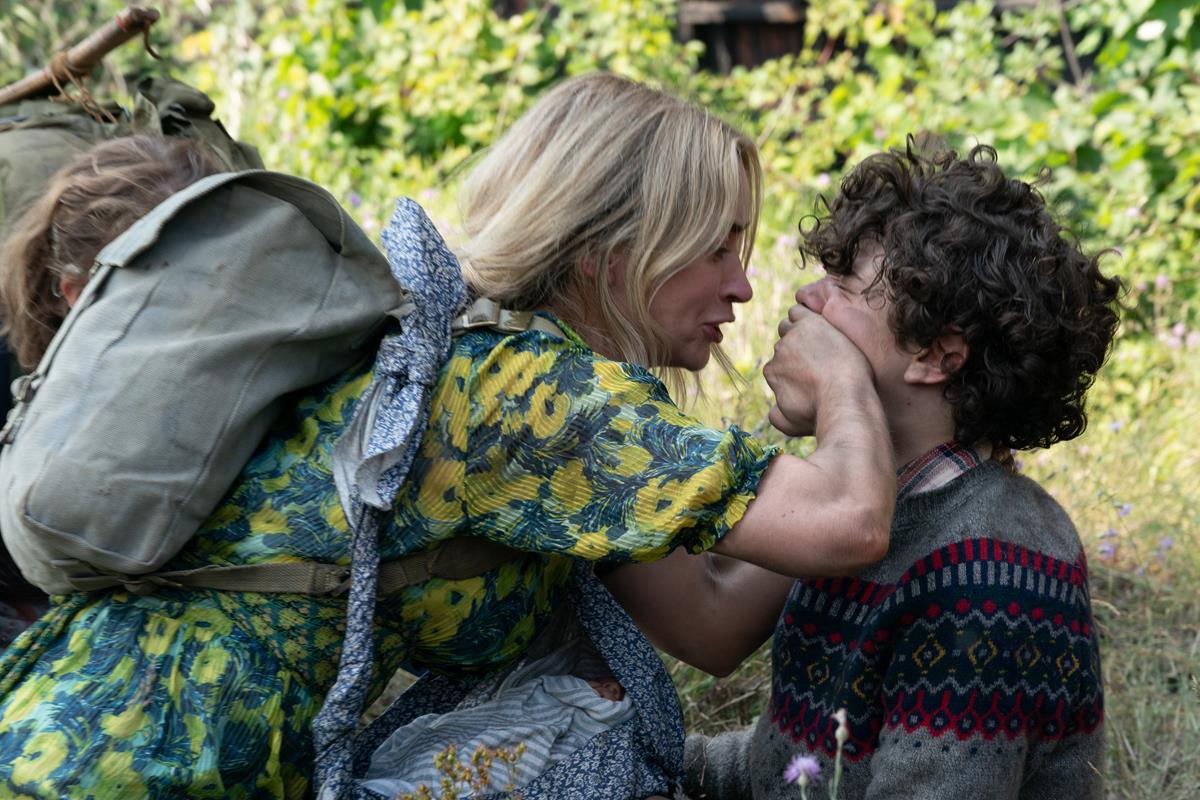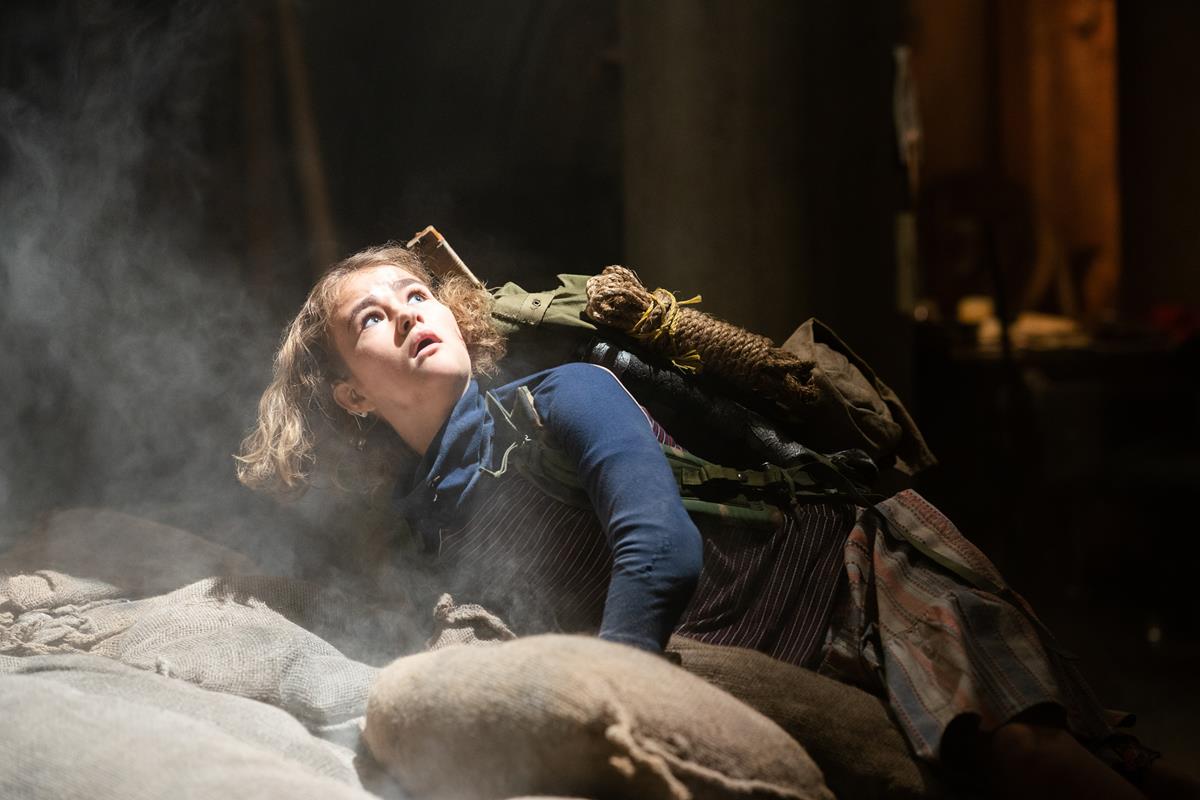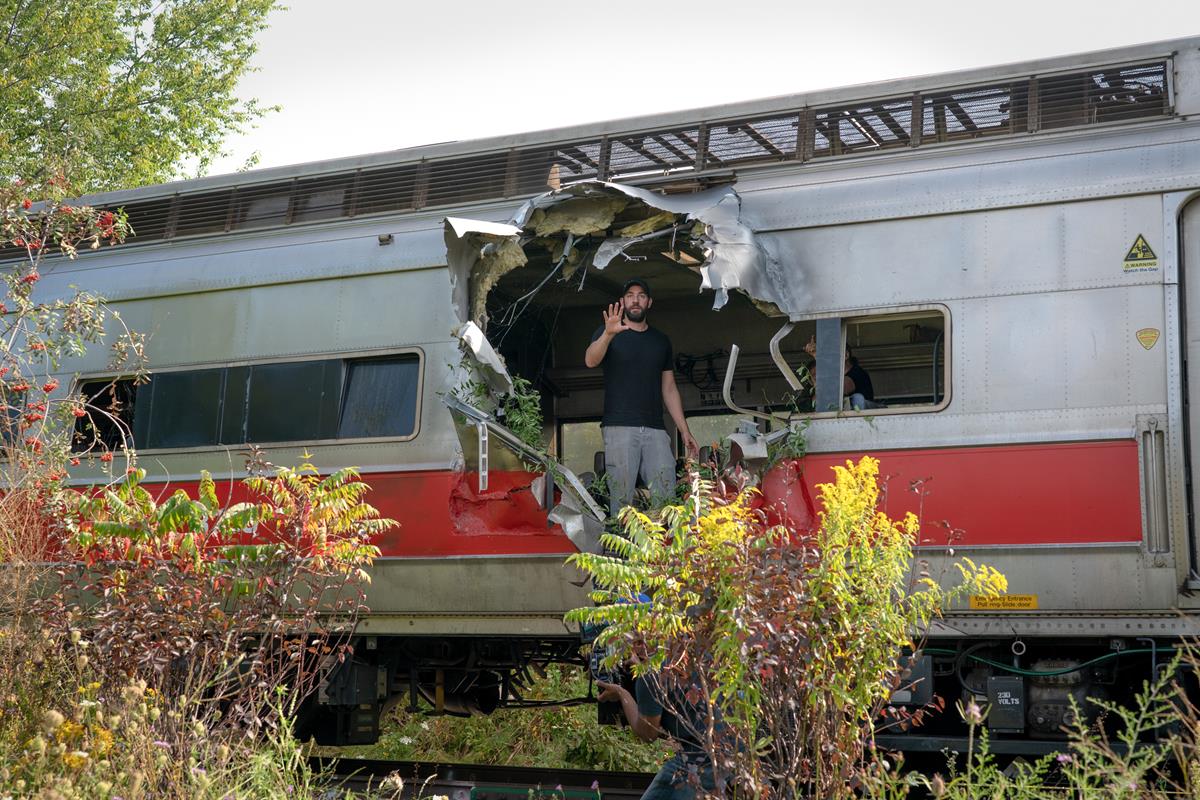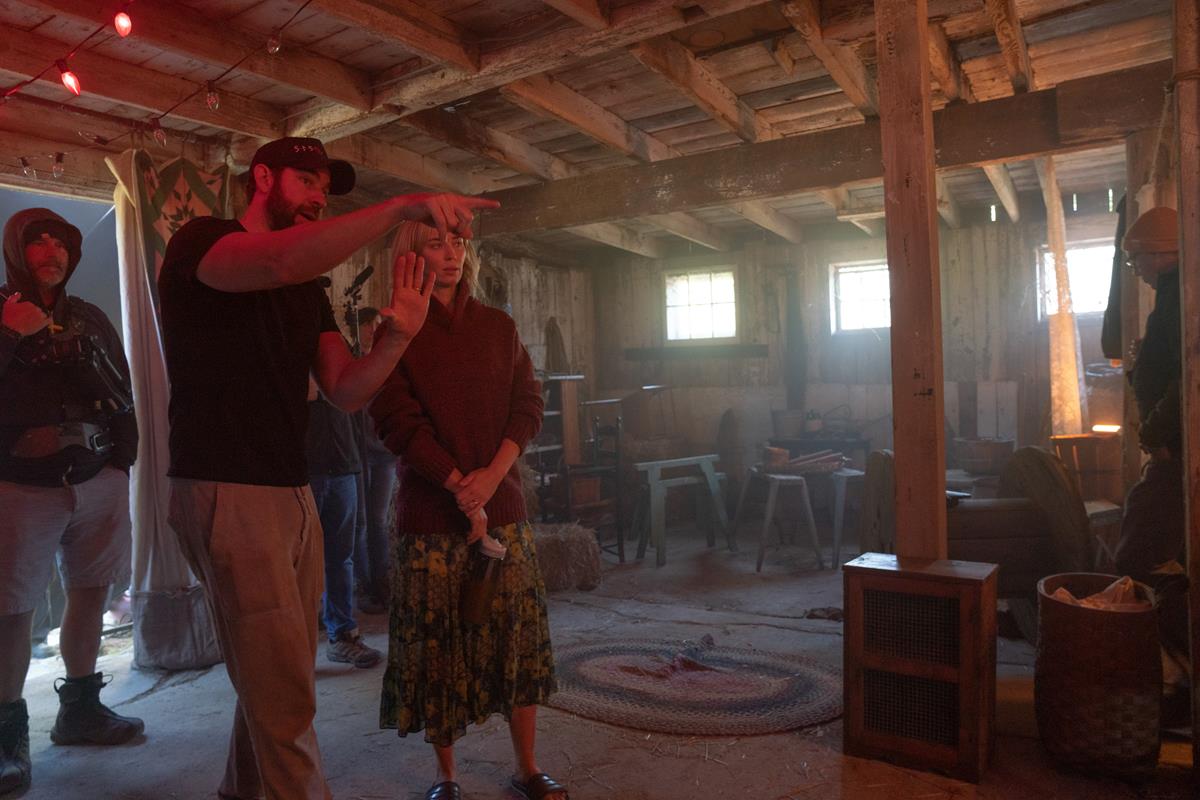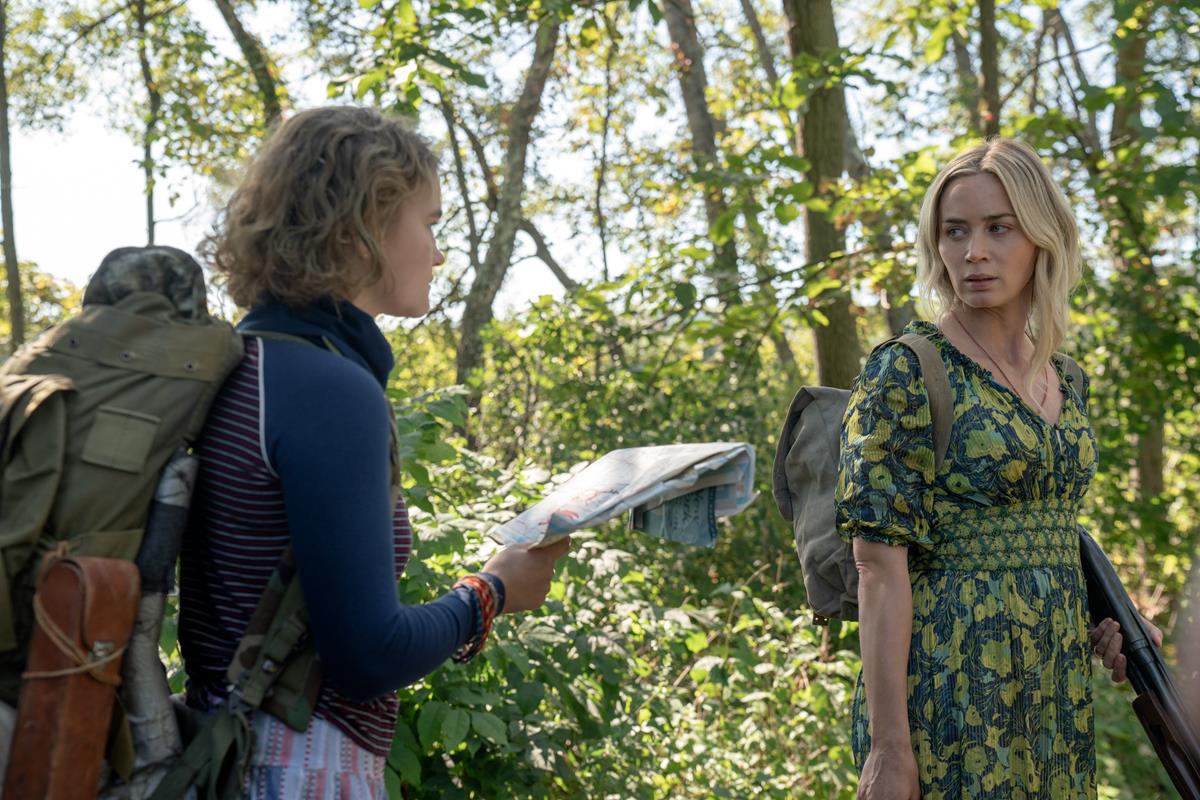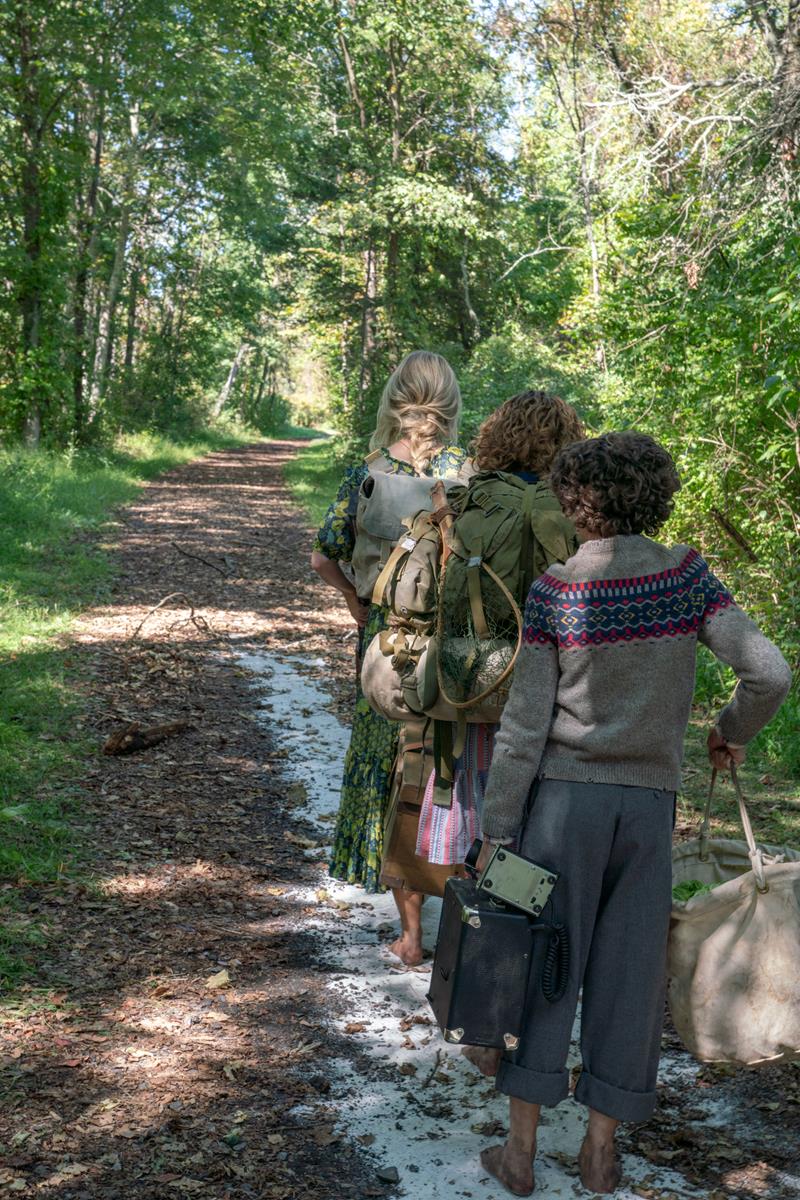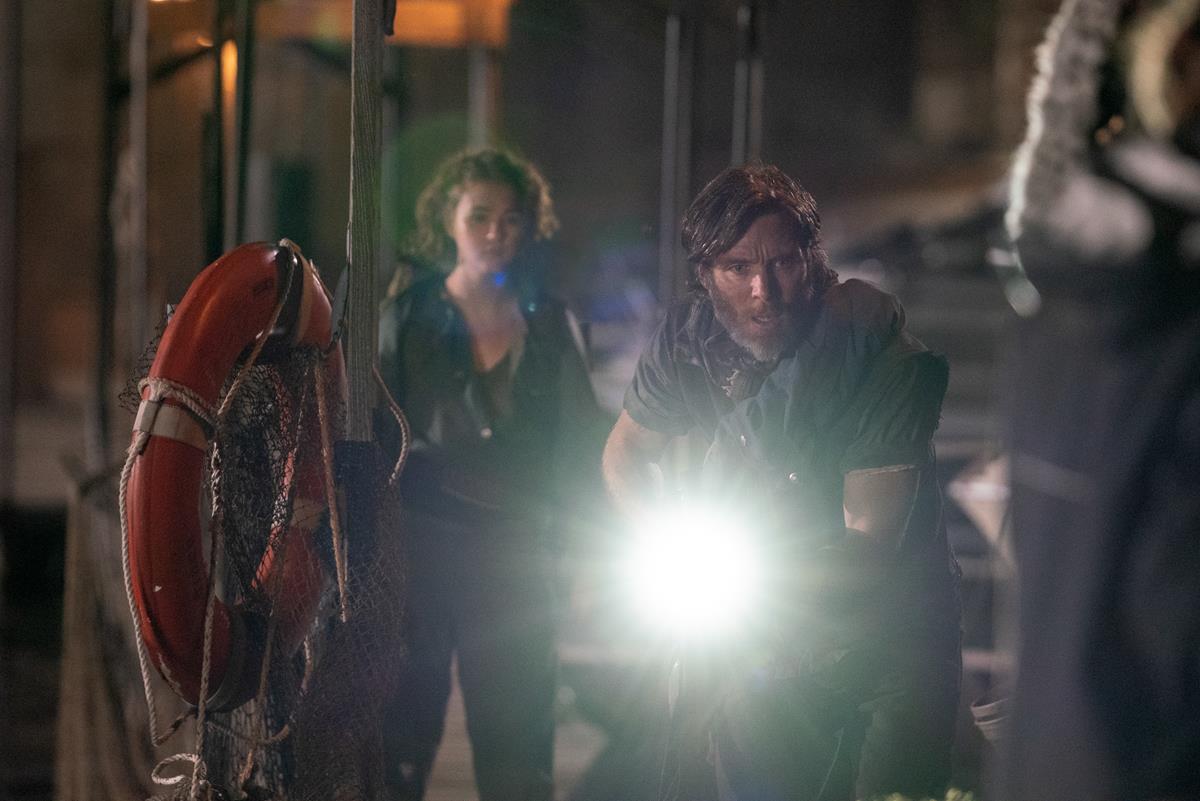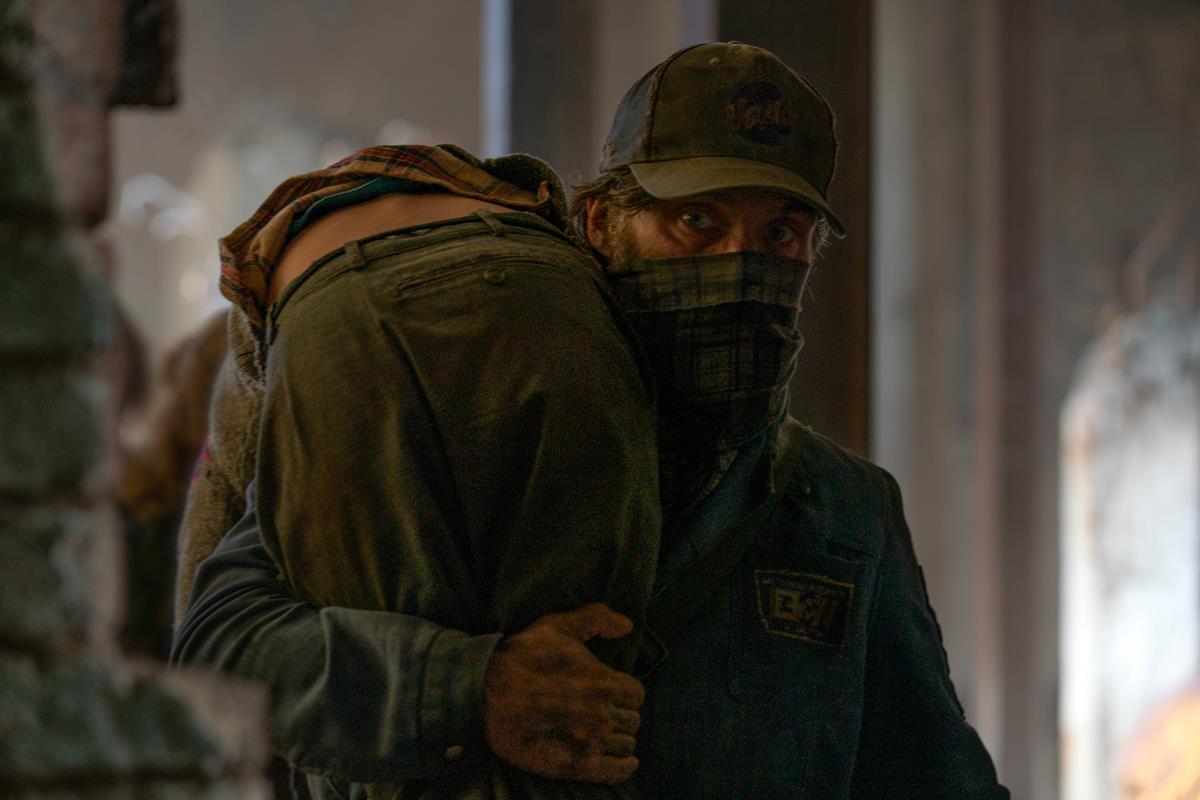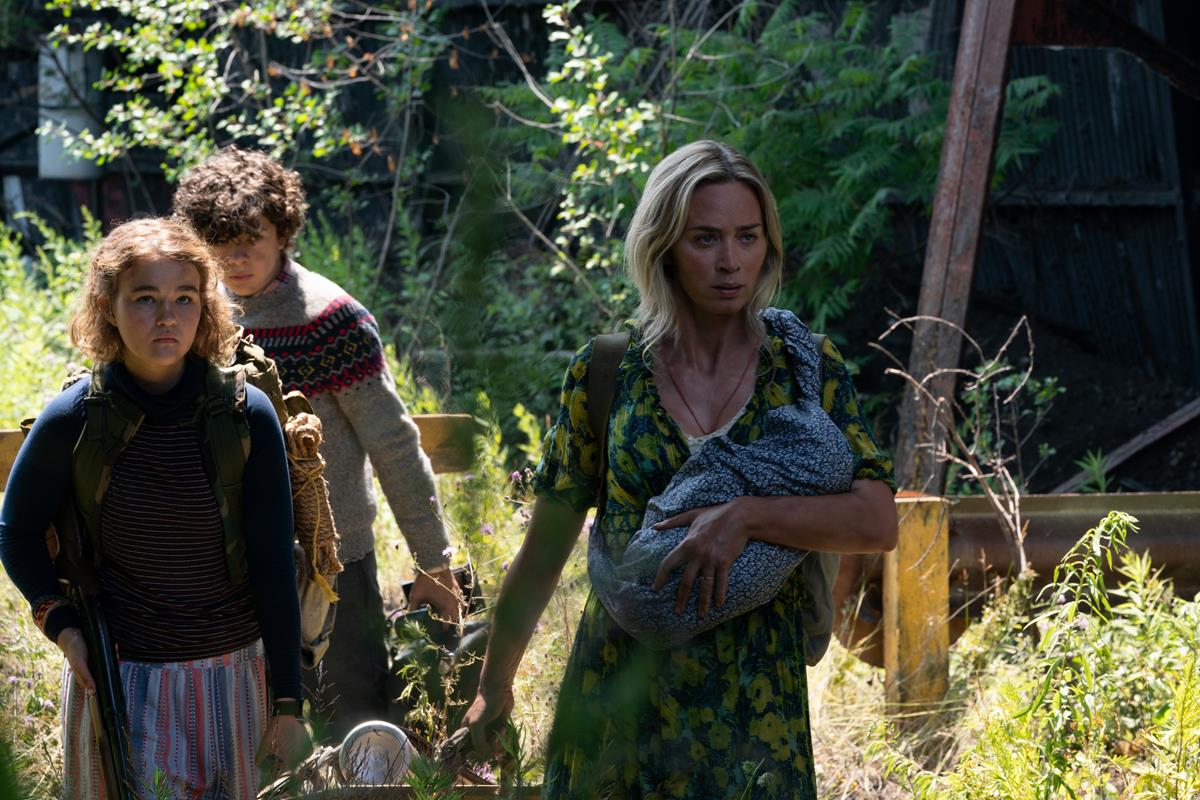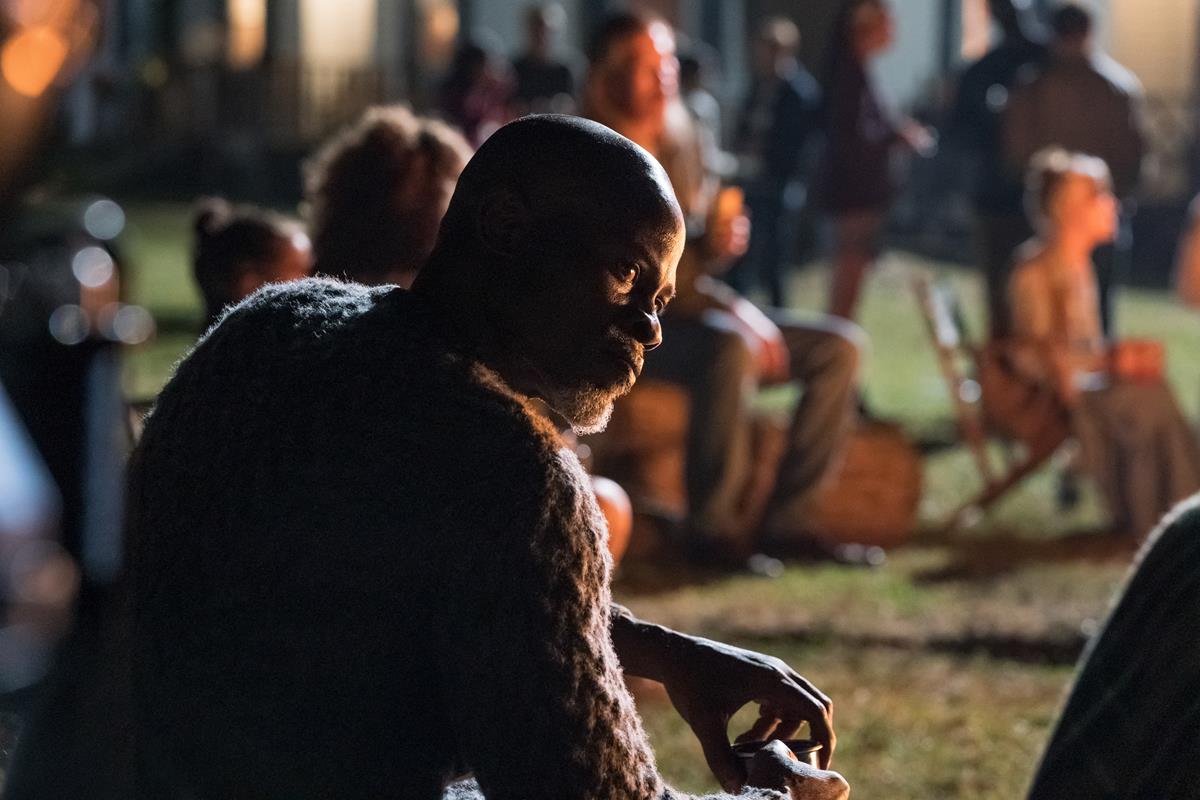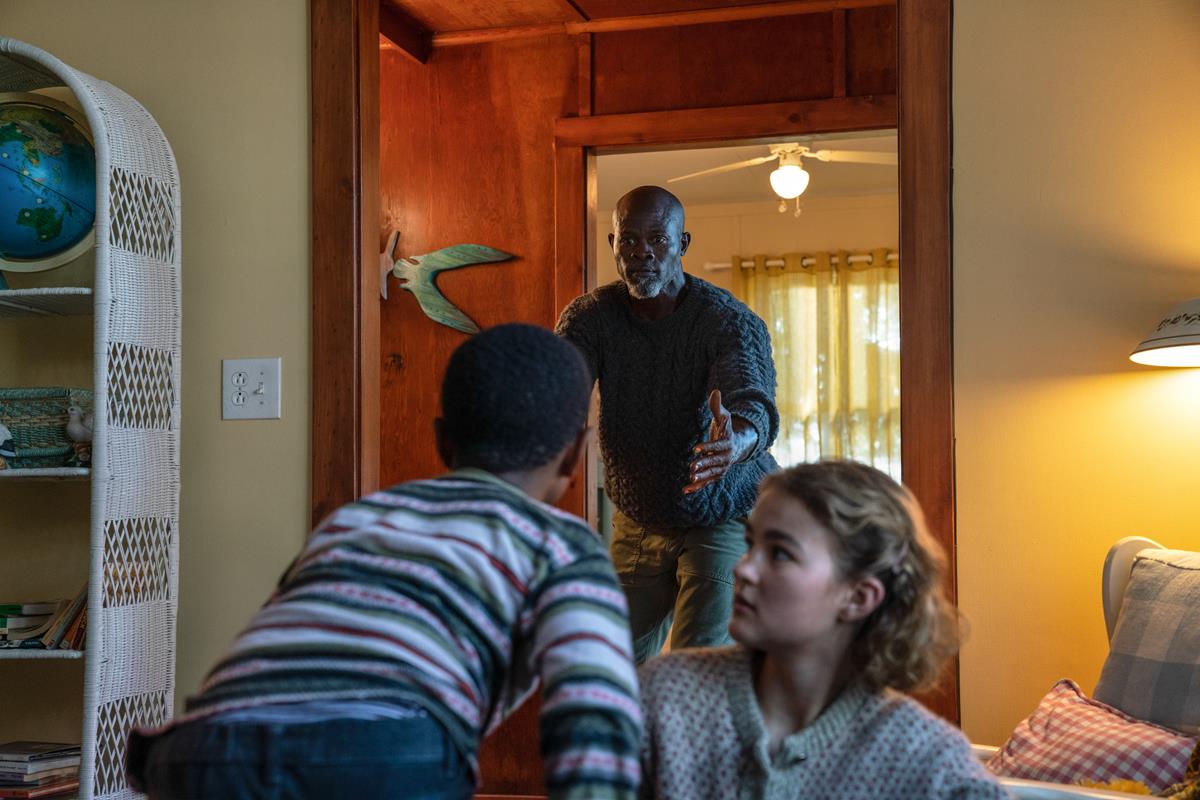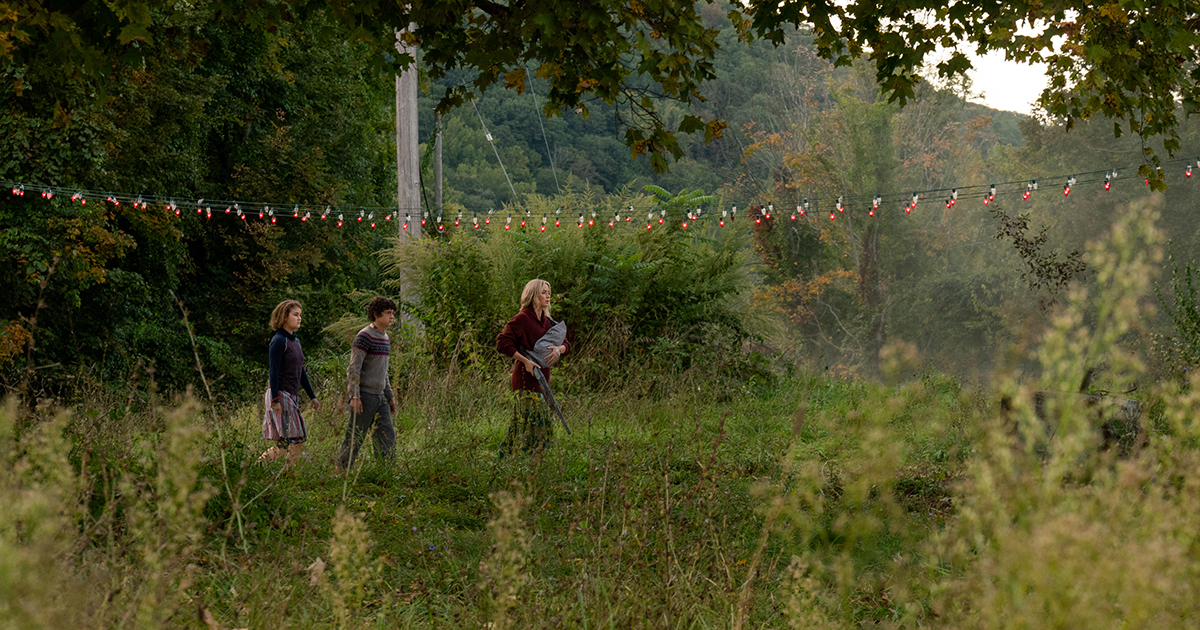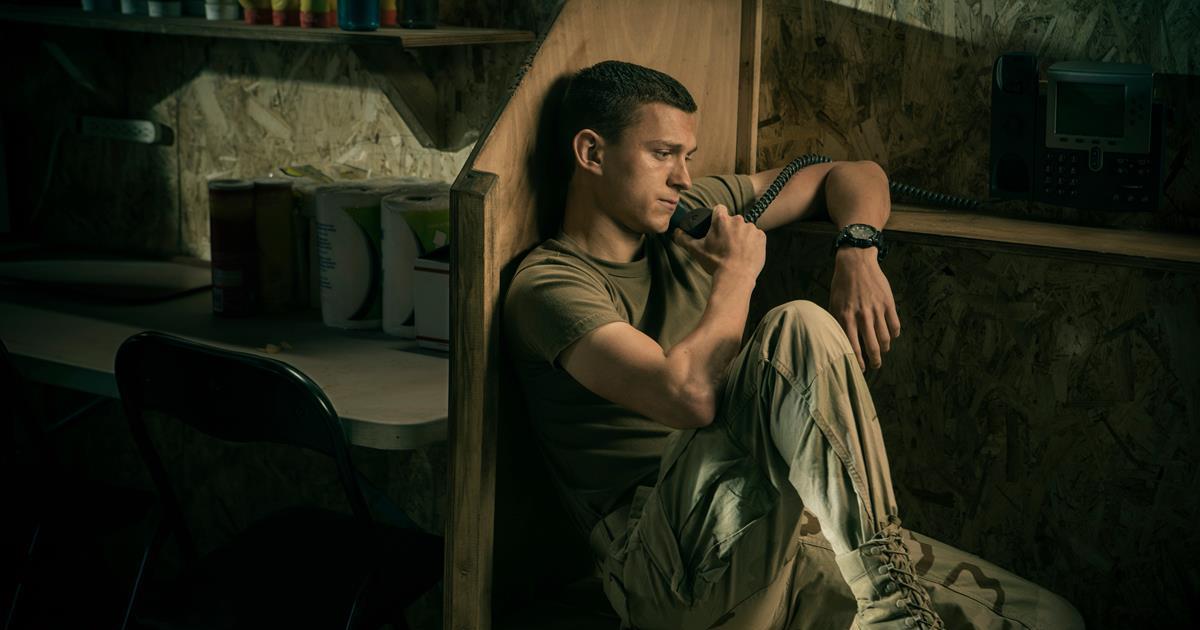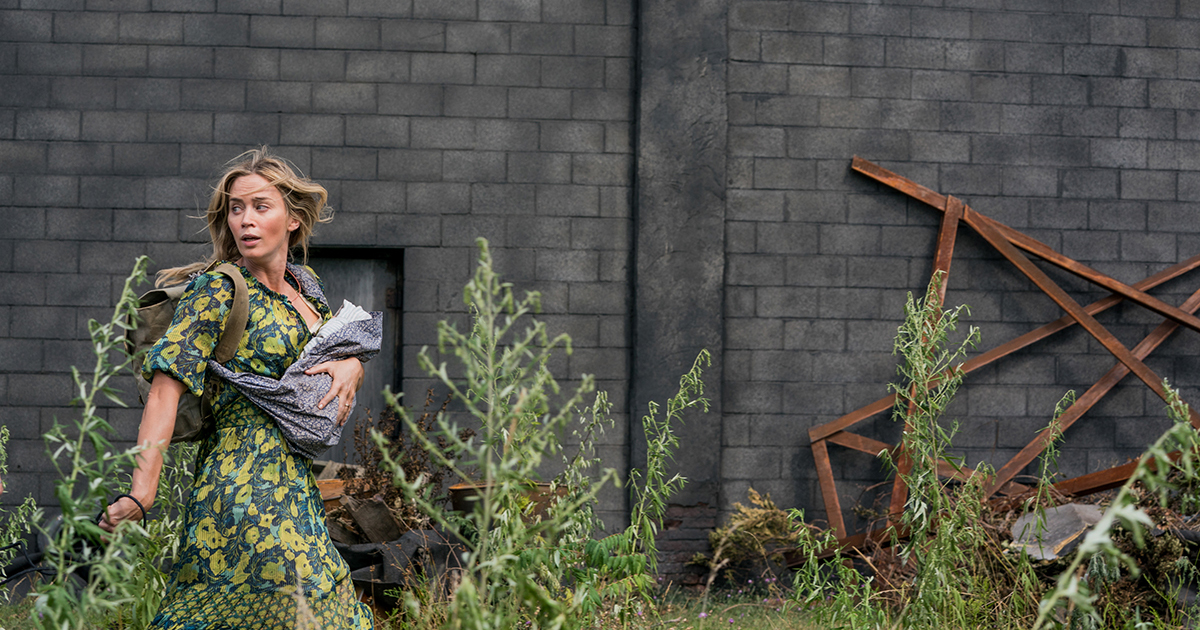
By his own admission, writer/director John Krasinski did not want to be involved with a sequel to his hugely popular 2018 A Quiet Place. He explained to Vanity Fair that he had told the studio he wasn’t interested. “I’ve always been wary of sequels, why would you do another one when the first one was so good — how are you going to expand the world?”
It was only when Krasinski started writing out an outline for the story for a potential new writer/director that he could see a way forward for a second part to the story. He gave himself some challenges to meet to make sense of a follow-up. “If I could continue the metaphor of the first movie, if I could continue the themes and pick-up right where we left off.” In effect it became a continuation story.
As such, it was important that audiences didn’t feel a disconnect as soon as the sequel started. There were immediately some practical visual tools to help, such as using film again as director of photography Charlotte Bruus Christensen had done in the original. The new DP appointed for the sequel, Polly Morgan, saw the need for the first frame of the new movie to match the feel of the original. She told Variety, “I wanted the first frame to feel nostalgic and that it was any time and any place.”
READ MORE: ‘A Quiet Place Part II’ Cinematographer on Recapturing the World of the Original (Variety)
The movie decided upon a Panavision camera channel of the Panaflex Millennium XL2 and T-Series anamorphic lenses primarily to get those all important close-ups and help with some of the low-light scenes. But digital was also used for its sensitivity and smaller form factor, especially in-car.
Krasinski wanted to drop the audience straight in to the action from the start of the sequel with a series of one-takes. He took his inspiration initially from the movie Children of Men and especially the well-studied in-car scene.
These initial scenes cemented the camera style for the rest of the movie. It had to keep moving. Morgan told British Cinematographer how the director encouraged her to adopt a very fluid style of movement. “John is a natural risk-taker, always pushing everybody to improve the movie. He would tell me what he imagined and then ask, ‘How can we pull this off?’” she said. “We examined the coverage needed to convey tension when the family hides from the creatures and how camera movement could evoke feelings in the viewer when the Abbotts venture outside.”
Krasinski knew this type of movement couldn’t let up, “This took a lot of planning, but was necessary to immerse the audience in the unabating sense of impending danger, keeping them on the edge of their seats, especially as the camera moves with the actors, following them through the action,” said Morgan. “The camera often starts very wide and pulls in close to create a steady rhythm but also a sense of life before the danger.”
READ MORE: Silent Terror: Polly Morgan BSC ASC/A Quiet Place Part II (British Cinematographer)
Morgan digs deeper in to the style and the importance of good prep: “The long shots created tension through pacing, allowing us to connect those in danger with the source of that danger, creating real drama in the frame without relying on cutaways and editing,” she commented. “You always hear that a movie is made in prep, but this one really was. We only shot for 50 days and the limited night hours and with the child actors meant we really planned ahead and were very specific about what gear we would need for each location.
“What was so wonderful and challenging was that because there was so much dynamic movement by the actors, John wanted to make sure the camera was moving all the time. I literally had to be ready to start every shot on a wide and push in to the closeup. John wanted that dramatic immersion.”
Krasinski and Morgan had talked about references and looks for the movie and had looked to Westerns but with a modern twist. Movies like No Country for Old Men, True Grit and There Will Be Blood became touchstones for the overall aesthetic.
With those films in mind and to deal with the fact that electric light wouldn’t have been available in the narrative of the story, a low-light design was adopted. Morgan explained to IndieWire how she achieved it. “We relied on the warmth of the firelight, the candlelight, the moonlight, the ambient night,” she said. “And, like the first film, we didn’t want it to feel post-apocalyptic in any way.”
READ MORE: ‘A Quiet Place Part II’: How Westerns and Spielberg Influenced John Krasinski’s Shooting Style (IndieWire)
“We used color in the lighting to match the different sources that the characters were within,” she continued. “Unless there was candlelight, it wasn’t motivated by any source in particular. We used tiny LED light mats with Velcro and hid them on the rivets, and drilled a hole and ran cable from the outside.”
You can watch A Quiet Place II now on the Paramount Plus platform.


